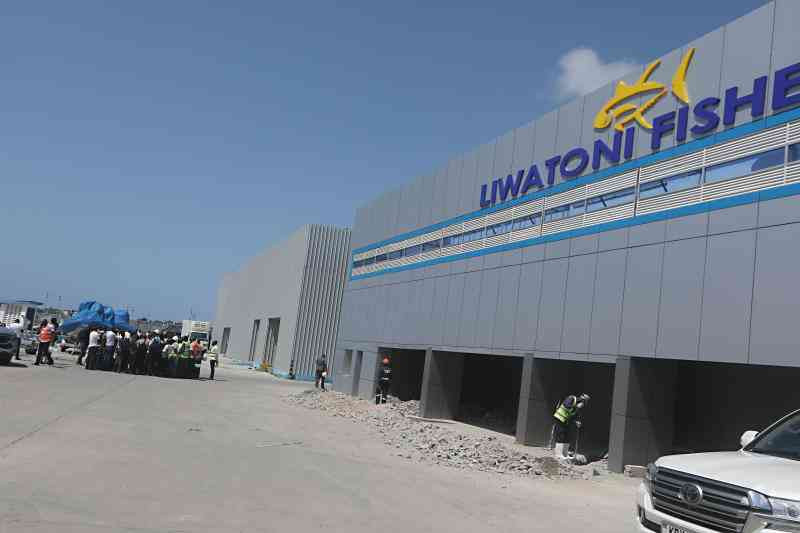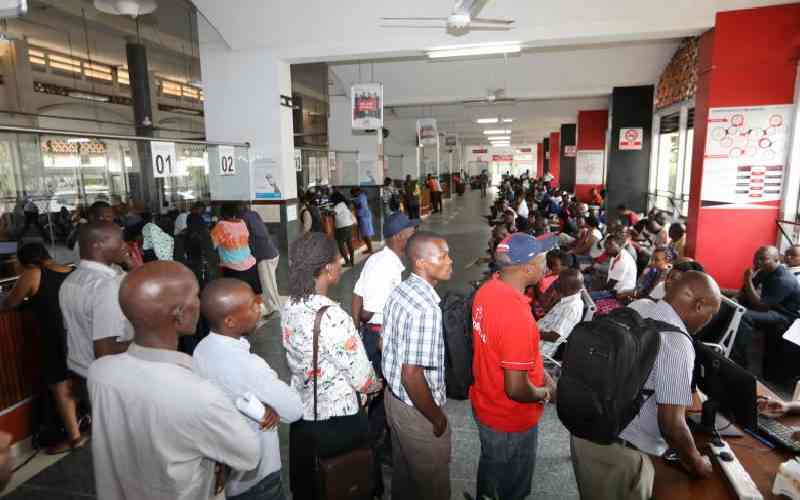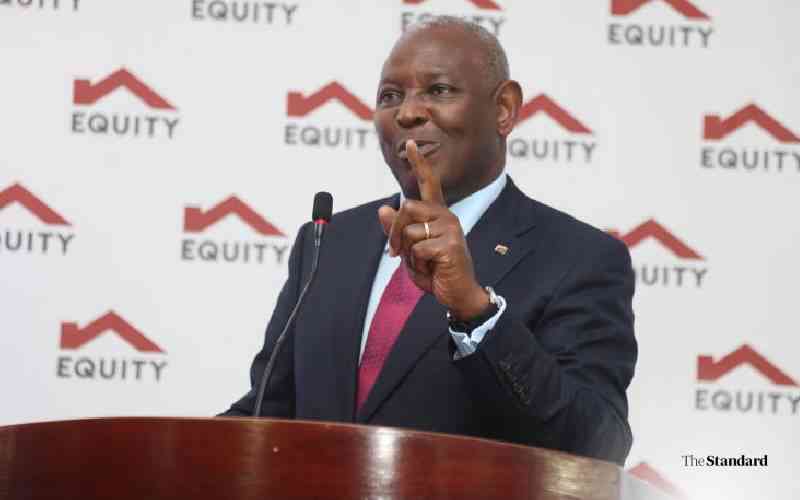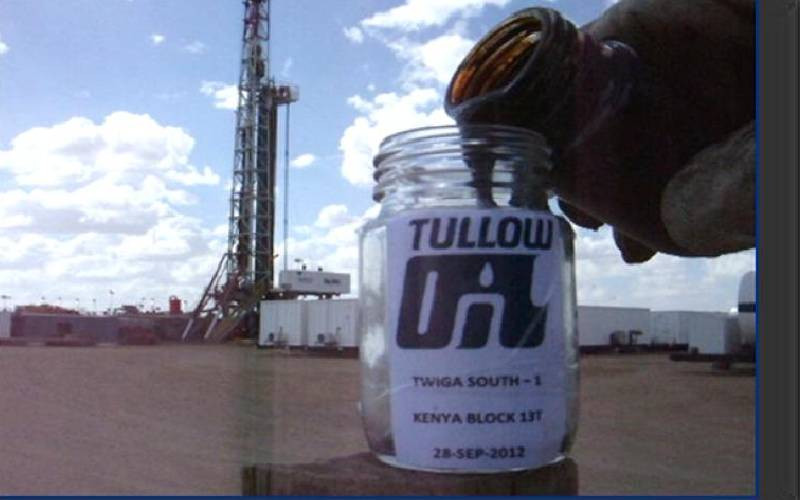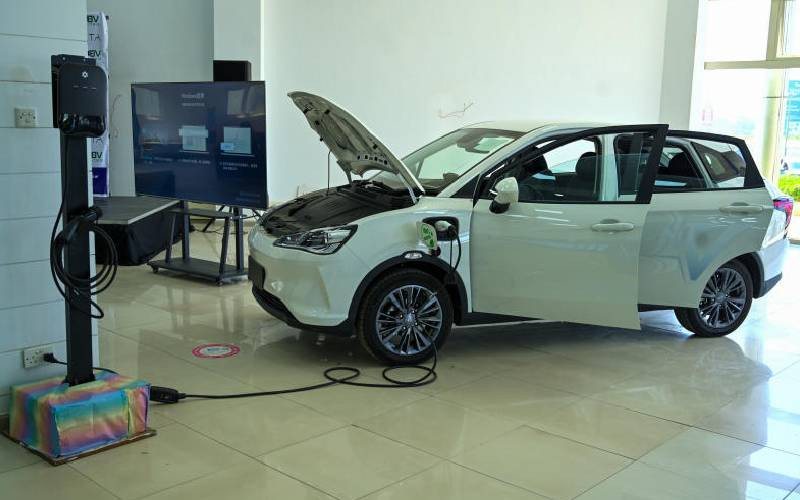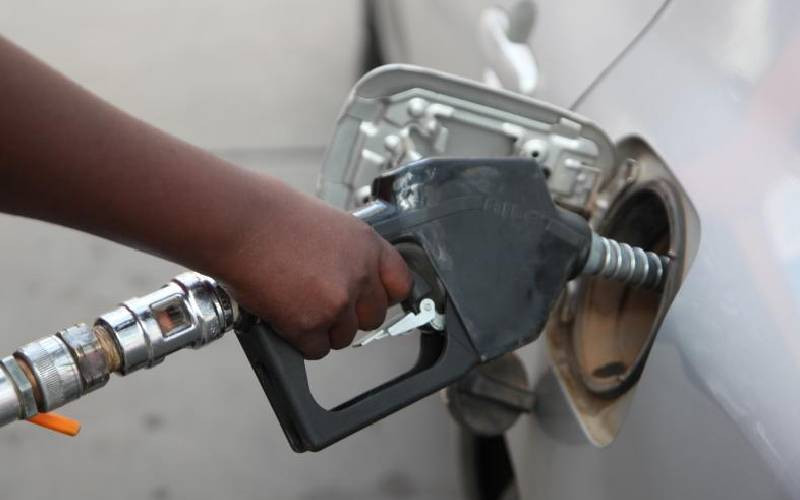×
The Standard e-Paper
Read Offline Anywhere
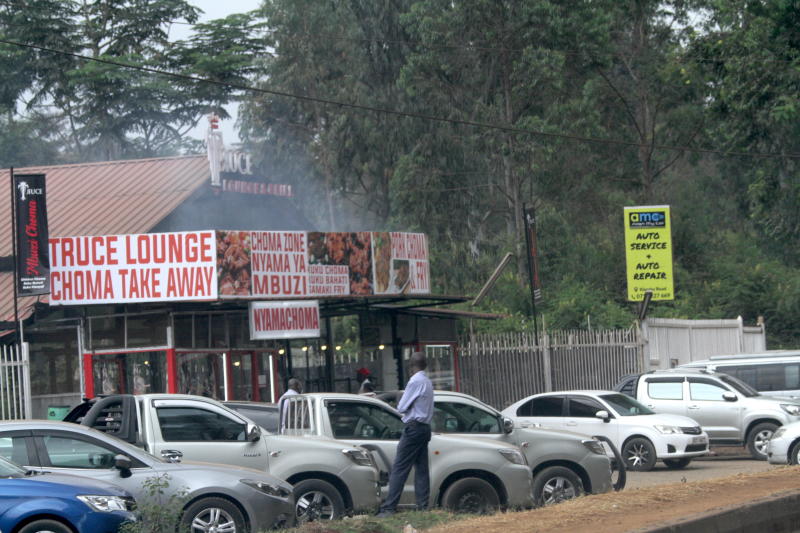
Not so long ago, a car was truly a symbol of status.
However, when the Covid-19 whirlwind plunged thousands of the not-so-rich people into joblessness, a typical car on Nairobi roads was exposed for what it is: a roving ‘kibanda’.
